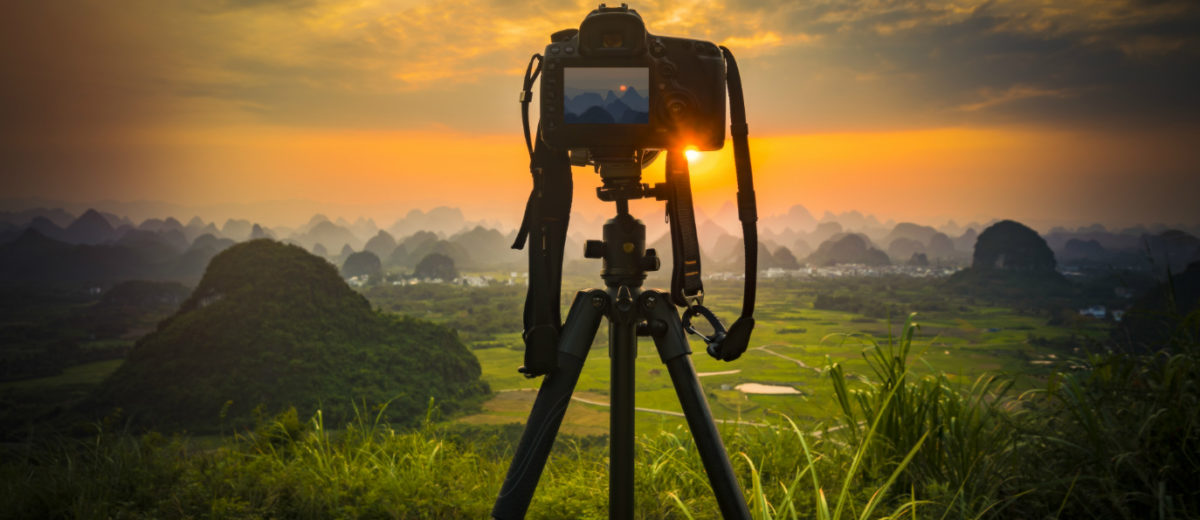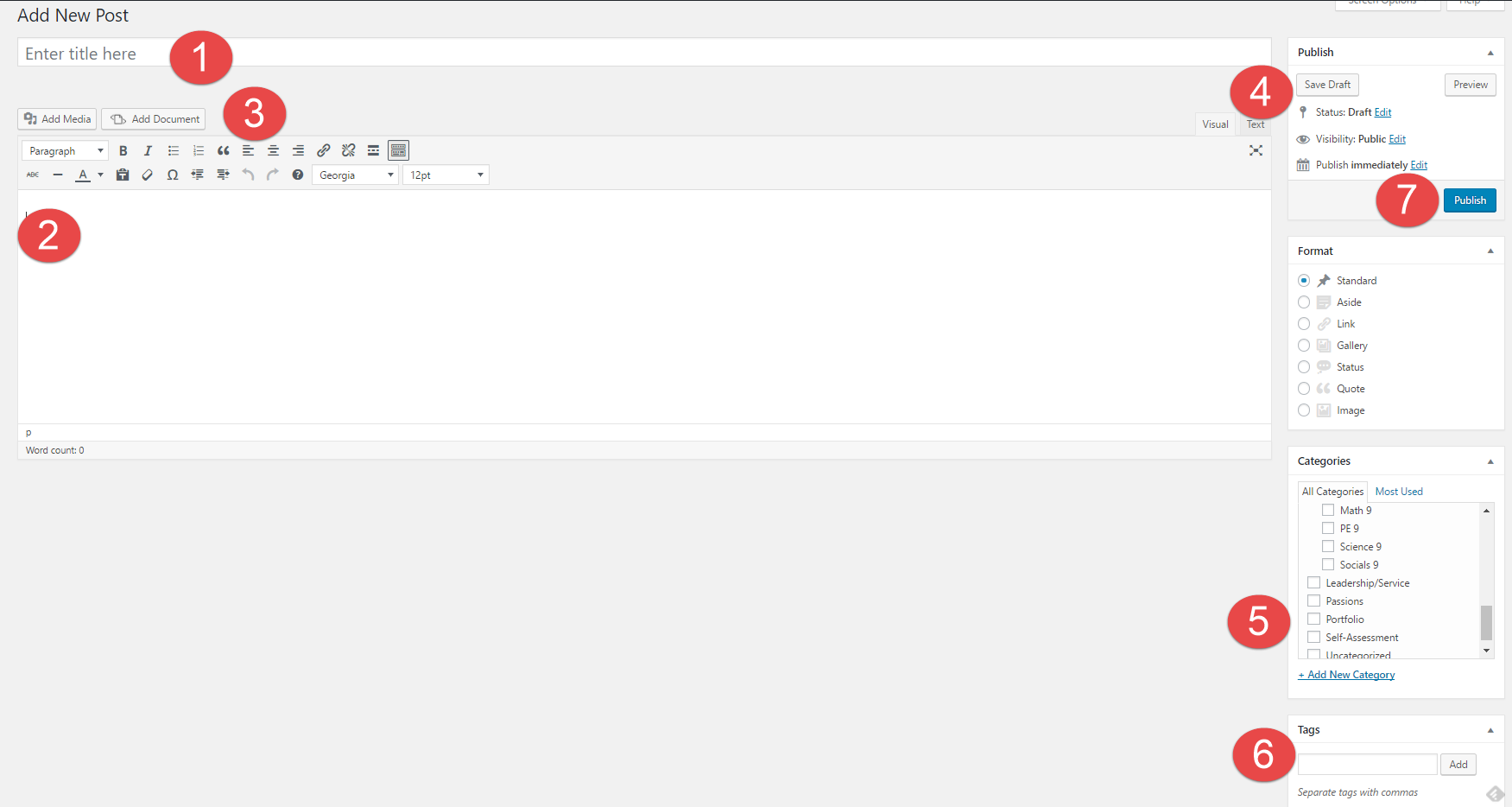 Source: CameraGurus
Source: CameraGurus
For my in-depth project, I’ll be learning about photography in nature. More specifically, I’ll be learning how to use the different features of a camera to take the best, most interesting photos I can, and for this I’ll be using what I find outdoors. I’ll also be learning how to take photos in environments where it might be too bright or too dark. Adapting to the environment is a skill I want to learn during this project.
In my opinion, some of the best photos can be taken in the natural world. I’ve always been interested in photography because of what you can do with a single camera. If you have the knowledge and skills, you can tell stories and capture an amazing moment in a single photo. This is what I aim to be able to do by the end of this project, and hopefully I’ll continue to build on my skills even after the project is over.
My goal is to know the camera inside out and how to use it to take beautiful photos outside, and my first step was to find a mentor who knew all about photography to guide me through this project. Ms. Kim, the Gleneagle photography teacher, kindly agreed to be my mentor. My next step was to know the basic features of a camera and understand everything about them that I needed to. During my first meeting with Ms. Kim, these basic features were what I focused on. She taught me about two main features: aperture and shutter speed.
I learned that aperture is about the opening of a camera’s lens. Aperture can be adjusted by changing the f-stop. A lower f-stop means the lens is wide open, allowing more light through, and a higher f-stop means the opposite, allowing less light through the lens. If you want to take a photo of a landscape, for example, you’d want a higher f-stop, and this means a deep depth of field. If you want to focus on an object and blur the background, you’d want a lower f-stop, creating a shallow depth of field.
Exposure is another term I learned about. It refers to the brightness of a photo. A lower f-stop allows more light through the lens of the camera, and taking a photo with too low of an f-stop can result in overexposure, meaning the photo is too bright.
Shutter speed was the second main feature of the camera that I learned. Shutter speed refers to how fast the camera takes the photo. A high shutter speed means the camera will take the photo quickly. This is a good feature to know when you are taking photos of moving objects.
After teaching me about these features, Ms. Kim told me that I could take some photos with the new skills I learned, and she’d give me feedback for our next meeting. I got to look at some examples of previous student’s work, which gave me an idea of how I should use these features to take photos. My plan is to use the skills that I learn in every meeting and spend time every week practicing taking photos with these skills. I’ll build on them until I’m ready to create my final project. Overall, this meeting with my mentor was a good start to this project and I’m looking forward to learning more skills and implementing them in my photography.
/chemist-marie-curie-in-her-laboratory-515581820-a87894f1eea44e5f9b61dcef1749fcc1.jpg)


